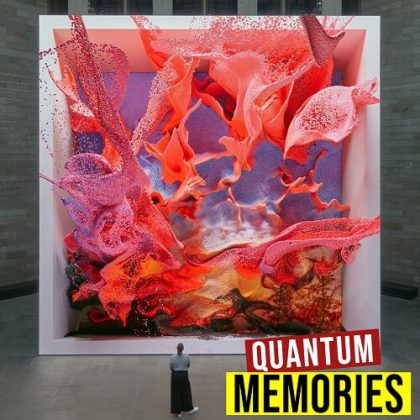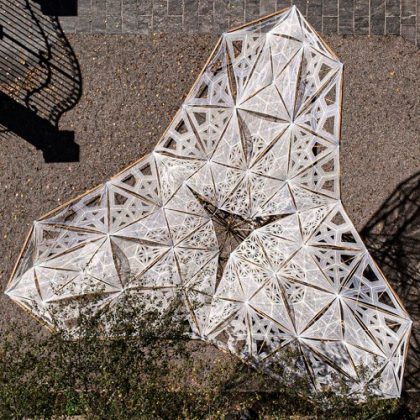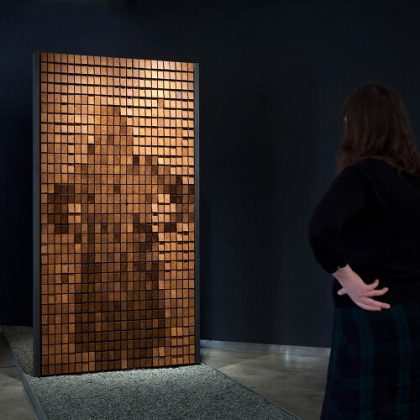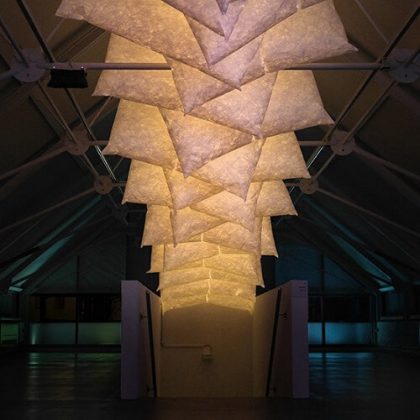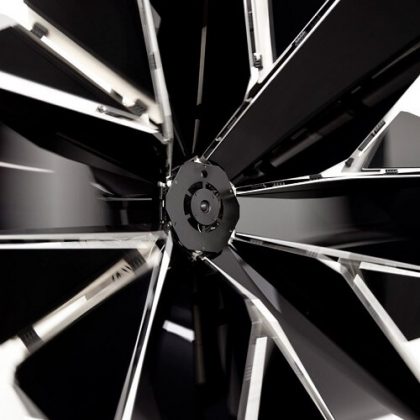Artificial Intelligence
The advent of AI in Architecture is still in its early days but offers promising results. This thesis by Stanislas Chaillou, proposes to evidence this promise when applied to the built environment. Specifically, author offers to apply AI to floor plans analysis and generation.




